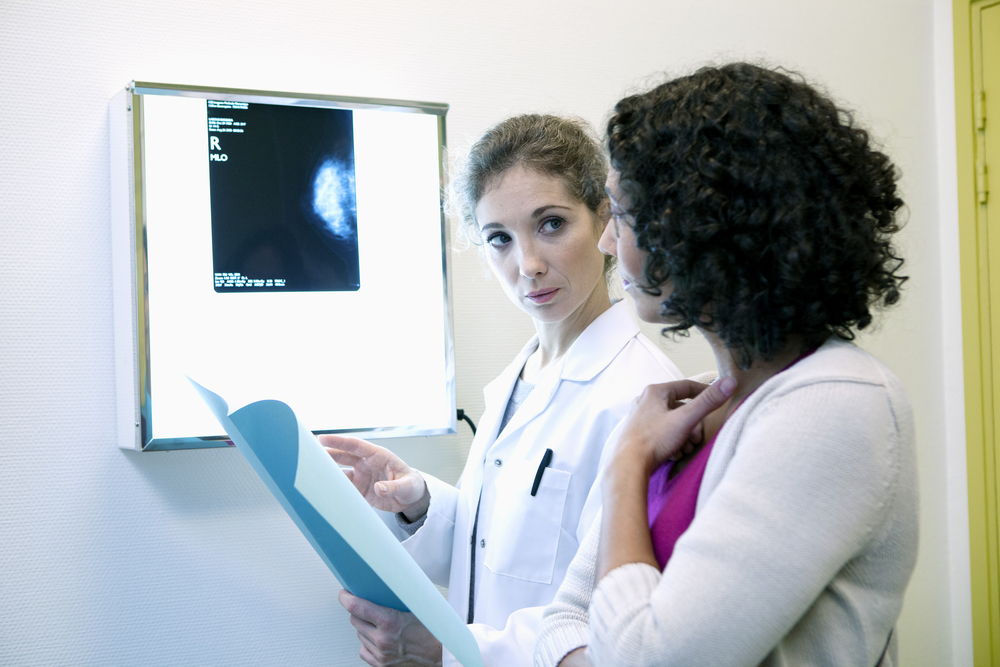 Researchers at Mayo Clinic developed a new model for prediction of breast cancer risk, showing their model improves accuracy compared to current cancer risk prediction models. The results were published in the current issue of the Journal of Clinical Oncology.
Researchers at Mayo Clinic developed a new model for prediction of breast cancer risk, showing their model improves accuracy compared to current cancer risk prediction models. The results were published in the current issue of the Journal of Clinical Oncology.
To improve prevention, an accurate and early identification of breast cancer in women who are at increased risk is crucial. In their study, entitled “Model for Individualized Prediction of Breast Cancer Risk After a Benign Breast Biopsy”, Dr. Amy Degnim and colleagues at the Mayo Clinic, designed a risk prediction model incorporating histologic features from biopsy tissues from women diagnosed with benign breast disease (BBD) and compared the risk prediction model with the current Breast Cancer Risk Assessment Tool (BCRAT).
“Physicians routinely perform biopsies to evaluate concerning findings in the breast, either felt on exam or seen on mammogram, for the presence of a breast cancer,” Dr. Degnim, M.D., a surgeon at Mayo Clinic and senior author of the study, state in a recent news release. “However, about three-quarters of these biopsies prove to be benign and are referred to as benign breast disease (BBD),” she added.
Every year, over a million American women undergo a breast biopsy revealing a benign finding and are left wondering if they will later develop breast cancer.
[adrotate group=”3″]
In order to analyze their new model, Dr. Degnim and colleagues evaluated a cohort of roughly 10,000 women who were diagnosed with benign breast biopsies at Mayo Clinic. These women had received long-term follow-up to account for later breast cancer development. The team used this group of patients and determined age-specific incidence of breast cancer and death, combining these results with a relative risk model obtained from 377 patients who progressed to develop breast cancer, along with 734 controls from the Mayo Clinic BBD cohort. The validation of the new prediction model was performed in an independent set of 378 patient cases with breast cancer and 728 matched controls. The researchers found that the BBD-BC model predicts the probability of breast cancer in women with BBD using tissue-based and other risk factors. Furthermore, the BCRAT significantly underpredicted breast cancer risk after benign biopsy while the BBD-BC made more accurate predictions to the observed cancers
“Our new model more accurately classifies a woman’s breast cancer risk after a benign biopsy than the BCRAT. Since women with benign breast disease are at higher risk for breast cancer, optimal early detection is extremely important. Ideally, women at increased risk for breast cancer should be identified so that we can offer appropriate surveillance and prevention strategies. Unfortunately, the BCRAT risk prediction model does not provide accurate estimates of risk for these women at the individual level”, Dr. Degnim concluded.

